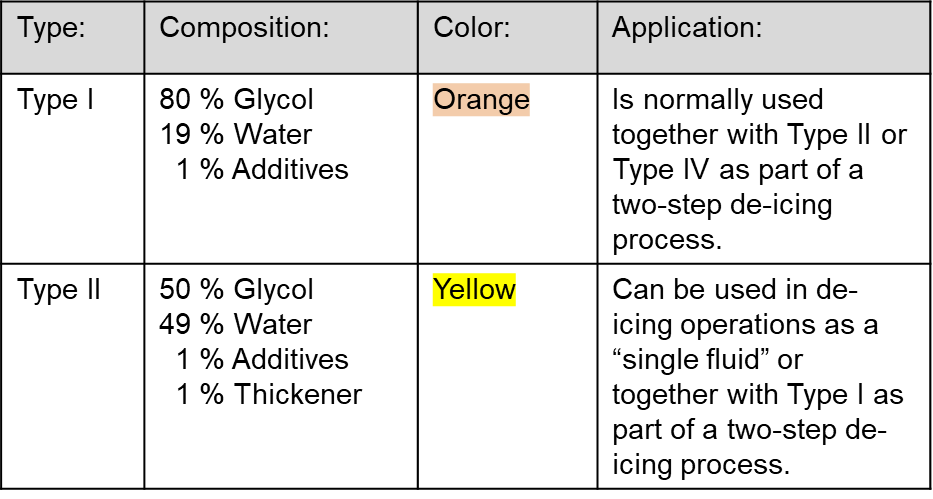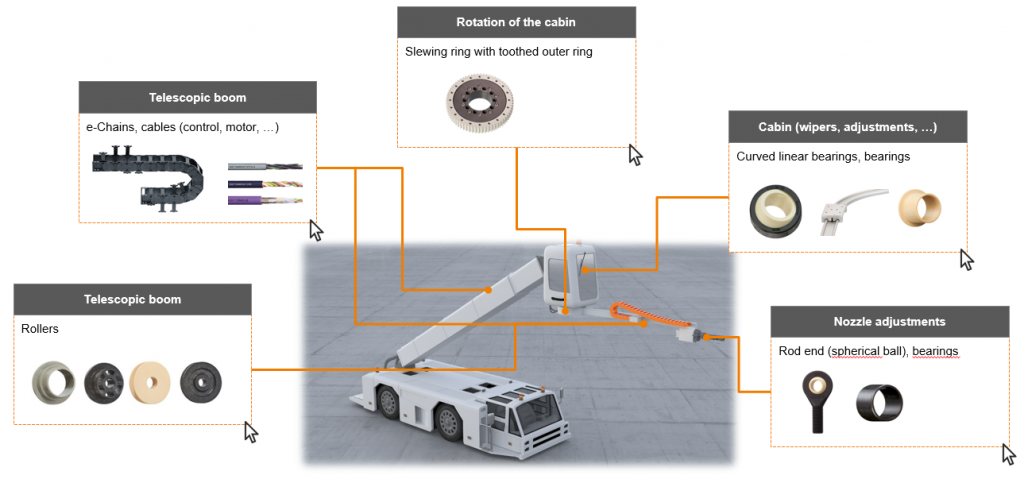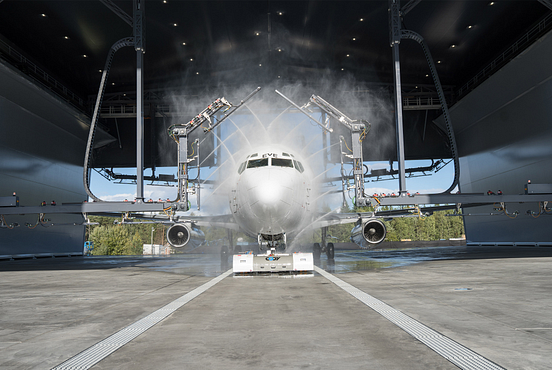De-icing vehicles protect the lives of airline passengers – and igus helps
Florian Schiller | 26. July 2021
Snow and ice collecting on aircraft can quickly compromise aircraft safety. They impair aerodynamics and can therefore, in the worst case, cause stalling resulting in a crash. That is why, wherever cold temperatures are the norm, special machines are used: de-icing vehicles.
How does de-icing work, and what agents are used?
De-icing is a two-step process. The first step is cleaning the fuselage with the de-icing vehicles. Type 1 de-icing agent is used in this step. The mixture, which is heated to 60 degrees, consists primarily of glycol (about 80%) and water (about 19%). The second step is to continue work with Type 2 de-icing agent. A thickening agent (1%) is added to this glycol-water mixture. This makes the fluid more viscous, and it sticks to surfaces better, preventing the ice from forming again. The Type 2 de-icing agent remains on the aircraft until it reaches about 160km/h during takeoff. De-icing agents come in different colours: Type 1 is orange, and Type 2 is yellow. These colours allow de-icers to see how evenly the agents are being applied and to distinguish between the agents.

What usage options and advantages do igus® products/materials offer for de-icing?
igus® products largely consist of optimised polymers, which are by nature resistant to the effects of water and do not corrode. igus® has also developed special polymers that deal with chemicals especially well. Many tests have revealed resistance to substances such as ethylene, propylene glycol and Skydrol. These properties make igus® products popular in de-icing vehicles.
The following applications are especially common:
- Energy chains and cables for extendable arms
- Polymer rollers for guiding extendable arms
- PRT slewing rings for rotating a driver’s cab
- Plain bearings and linear guides for adjusting a driver’s cab
- Spherical bearing and plain bearings for front nozzle movement

Are there other options for de-icing?
In addition to classic de-icing vehicles, there are also complete de-icing machines. They are set up to be stationary, and the aircraft move through them, much like car wash operations. This cleans and/or de-ices the aircraft. These systems are most frequently used in very cold regions where aircraft must be de-iced very often.


